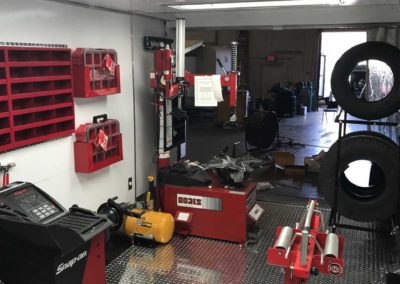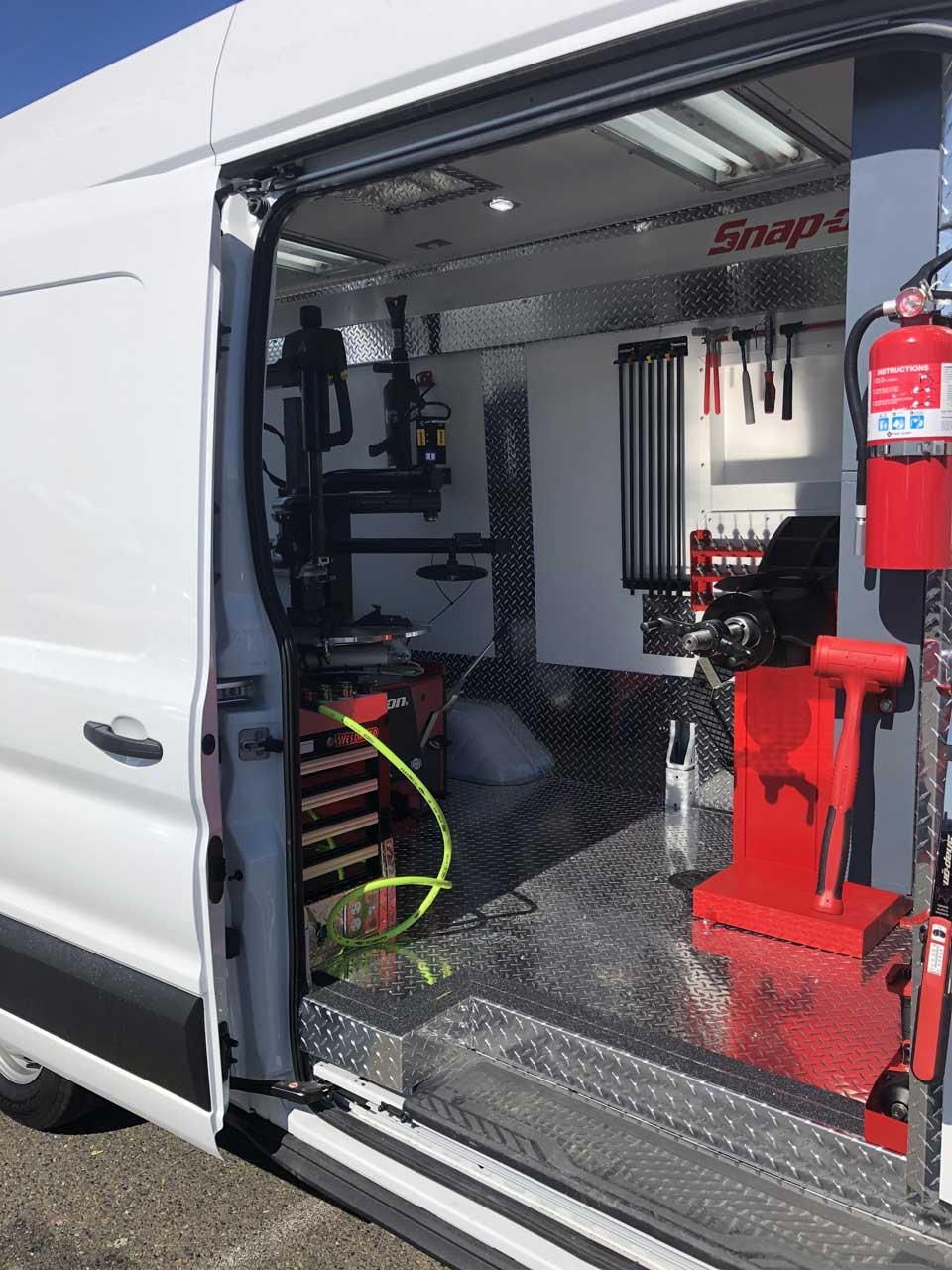Trustworthy Mobile Tire Change and Replacement in Las Vegas
Tire Service: Proven Techniques for Optimal Tire Maintenance and Treatment
Maintaining optimum tire condition is vital for both safety and performance of any type of vehicle. From making sure proper tire pressure to normal rotation and positioning, there are tried and tested techniques that can significantly prolong the life-span of your tires and enhance general driving experience. As we discover the intricacies of tire treatment and upkeep, we will reveal important standards that every lorry owner ought to stick to for the best possible results. Allow's look into the world of tire service and uncover the secrets to keeping your tires in superior form for the long run.
Importance of Tire Pressure
Proper tire stress is a crucial element in guaranteeing ideal car performance and safety when driving. Preserving the suggested tire pressure levels provided by the manufacturer offers numerous benefits. To start with, ample tire stress promotes far better gas effectiveness, as under-inflated tires can result in increased rolling resistance, triggering the engine to work more difficult and take in more gas. Right tire pressure guarantees also step wear, improving tire longevity and conserving money in the lengthy run by postponing the need for early replacements. In addition, appropriately inflated tires contribute to boosted handling and braking capacities, important for risk-free driving in various road problems. Over-inflated tires, on the other hand, can cause minimized grip and a harsher ride. On the other hand, under-inflated tires are prone to getting too hot, which can cause crashes and blowouts. On a regular basis adjusting and inspecting tire stress, especially soon journeys, is a basic yet reliable method to improve lorry performance, prolong tire life-span, and prioritize security when driving.
Tire Rotation Standards
When considering tire rotation guidelines, it is necessary to comprehend the significance of this maintenance task in making best use of tire life-span and keeping optimum automobile efficiency. Tire rotation includes changing the position of each tire on a vehicle to ensure also step wear. Front tires often tend to put on quicker than rear tires due to guiding pressures, making routine rotation vital for well balanced wear patterns. The suggested rotation pattern varies depending upon whether a lorry is front-wheel, rear-wheel, all-wheel, or 4x4. Usually, tires ought to be rotated every 5,000 to 7,500 miles, or as encouraged in the automobile handbook. Overlooking tire rotation can lead to uneven wear, influencing handling, grip, and potentially compromising lorry security. By adhering to appropriate rotation guidelines, motorists can extend the life of their tires, boost gas effectiveness, and enhance general driving experience. Regular turning is a straightforward yet reliable maintenance method that adds dramatically to tire durability and automobile efficiency.

Advantages of Wheel Positioning
Ensuring correct wheel placement after tire turning is vital for preserving balanced wear patterns and optimizing automobile performance. Additionally, correct wheel placement aids to expand the life-span of your tires. Misaligned wheels can create irregular tire wear, leading to premature tire replacement and boosted upkeep expenses.

Tire Tread Deepness Examine
Performing a routine examination of tire walk depth is necessary for preserving secure driving problems and prolonging the life-span of your tires. The walk on your tires plays click here for more info a crucial role in supplying grip, specifically in unsafe or wet problems. To check your tire tread depth, you can use a walk deepness scale or the cent examination. The advised tread depth goes to the very least 2/32 of an inch. If the step deepness is below this limit, it is time to change your tires to make certain ideal performance and security on the roadway. Uneven step wear can show concerns with tire alignment, suspension, or stress, highlighting the importance of normal walk depth checks. Neglecting to monitor and keep appropriate tread deepness can cause decreased grasp, longer braking distances, and a raised danger of hydroplaning. By incorporating tire walk deepness look into your routine upkeep routine, you can drive with confidence recognizing that your tires are in leading problem.
Seasonal Tire Evaluation
Seasonal tire assessment is an essential element of tire maintenance that makes certain tires are all set to deal with the obstacles posed by different weather conditions. In preparation for wintertime, it is vital to check the tire stress consistently as chilly temperatures can trigger tire pressure to go down. By conducting regular seasonal tire inspections, vehicle drivers can prolong tire life-span, boost gas performance, and most importantly, ensure a safe and secure driving experience in varying weather problems.
Conclusion
To conclude, keeping proper tire pressure, rotating tires frequently, aligning wheels properly, keeping an eye on tread visit our website depth, and performing seasonal assessments are essential techniques for optimum tire treatment. By adhering to these shown techniques, vehicle drivers can guarantee their tires last much longer, do better, and add to total car security. It is essential to focus on tire maintenance to stop mishaps, enhance gas performance, and extend the life expectancy of tires.
Sufficient tire pressure promotes better gas performance, as under-inflated tires can lead to raised rolling resistance, creating the engine to function more challenging and take in more gas.When taking into consideration tire turning standards, it is vital to comprehend the importance of this upkeep job in making best use of tire life-span and keeping ideal car performance. Seasonal tire evaluation is a fundamental aspect of tire maintenance that ensures tires are ready to deal with the obstacles positioned by different weather condition problems. By carrying out regular seasonal tire evaluations, motorists can prolong tire lifespan, boost gas effectiveness, and most importantly, ensure a safe driving experience in varying weather conditions.
In conclusion, maintaining correct tire stress, rotating tires regularly, straightening wheels properly, keeping track of tread deepness, and conducting seasonal evaluations are essential practices for optimum tire treatment.